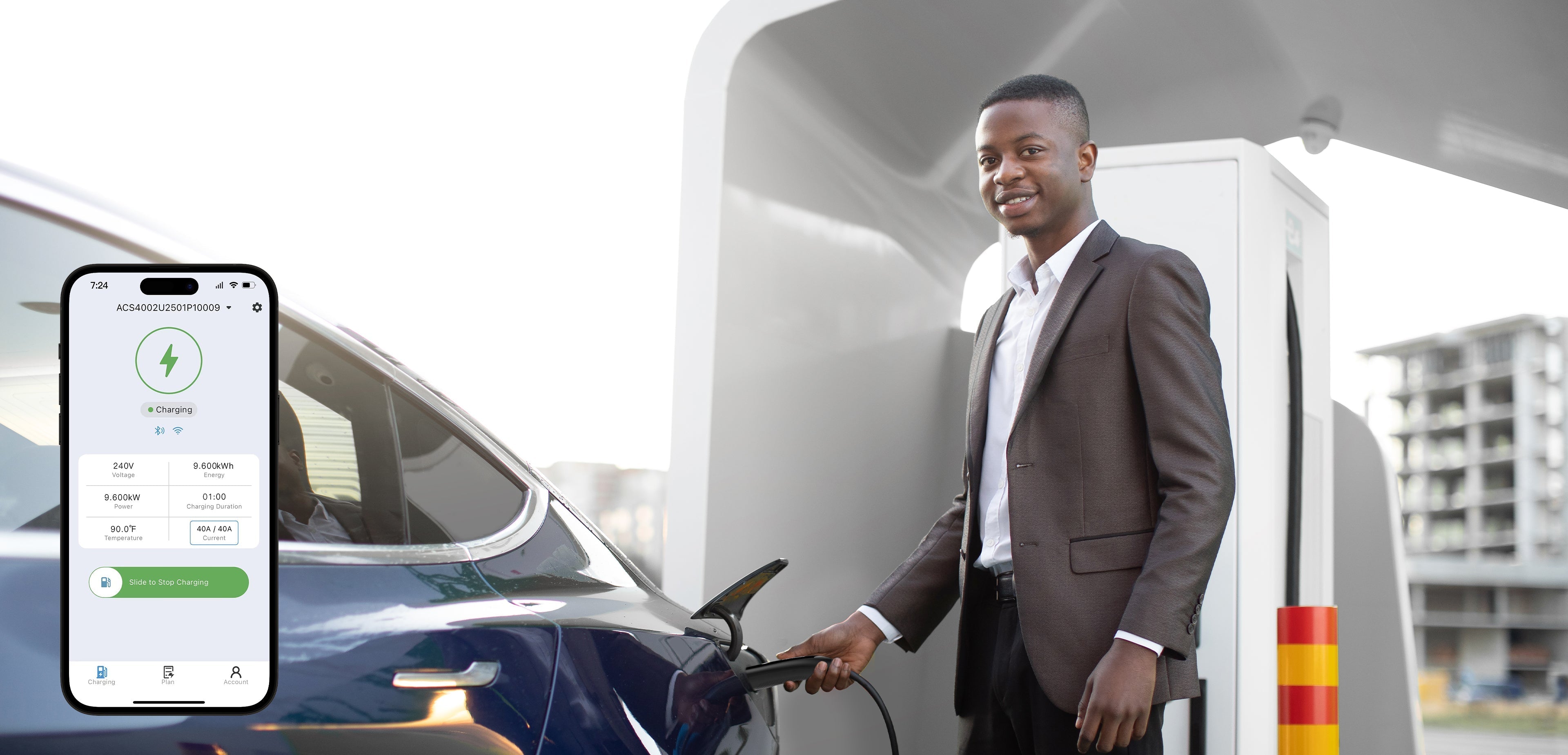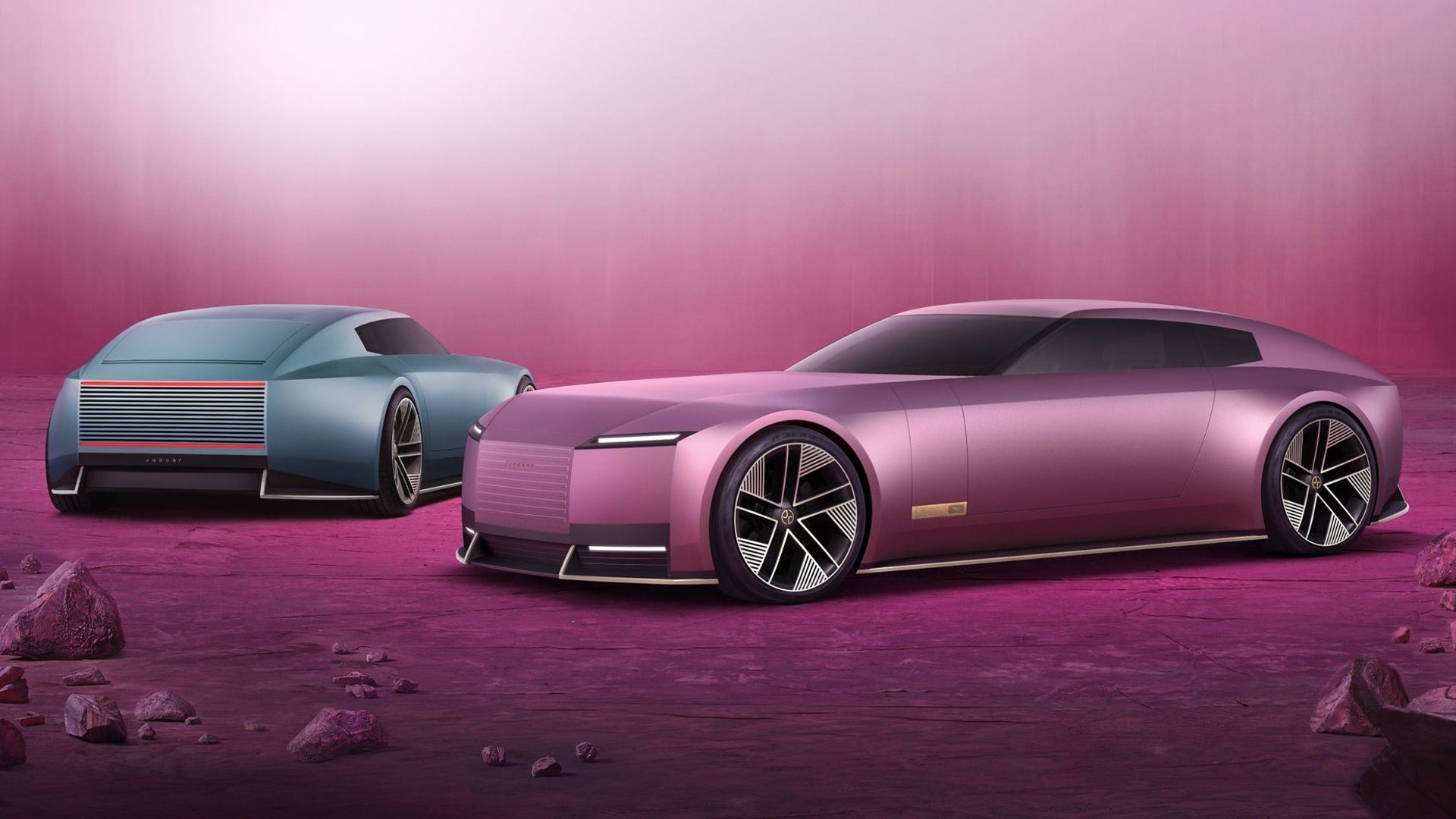As electric vehicle (EV) adoption accelerates across California, managing energy use becomes increasingly critical—not just for individual drivers, but for the state’s entire power grid. With Time-of-Use (TOU) electricity pricing now widespread, understanding how and when to charge your EV can make a significant difference in both cost savings and energy sustainability.
This article explores California's evolving electricity rate structure, recent utility offerings, and how smart charging can help EV owners save money while supporting the grid.
Why TOU Rates Matter for EV Owners
Time-of-Use pricing is designed to encourage electricity use during off-peak hours—times when demand is low and cleaner energy is more readily available. For EV drivers, aligning charging behavior with off-peak windows can:
-
Lower electricity costs per mile
-
Reduce pressure on the state’s already-stretched power grid
-
Minimize the environmental impact of EV charging
With California aiming to become a carbon-neutral economy by 2045, TOU rates play a central role in reshaping residential energy consumption.
🔋 California TOU & EV Rate Comparison Table
Below is a current breakdown of the leading residential TOU and EV-specific electricity plans from Southern California Edison (SCE) and Pacific Gas & Electric (PG&E), updated for mid-2025.
📊 California EV Charging Rate Comparison Chart (June 2025)
| Provider | Rate Plan | Peak Hours | Off-Peak Hours | Typical Cost (per kWh) |
|---|---|---|---|---|
| SCE | TOU‑D‑PRIME | 4–9 pm (weekdays) | 9 pm–8 am & weekends | ~$0.361 /kWh |
| SCE | TOU‑D‑PRIME‑CARE | 4–9 pm (weekdays) | 9 pm–8 am & weekends | ~$0.229 /kWh (CARE customers) |
| PG&E | EV2‑A (EV Home Plan) | 4–9 pm (daily) | 12 am–3 pm (off-peak) | ~$0.30–0.33 /kWh (off-peak); e-gallon ~$1.90 |
Benefits of Smart EV Charging
Smart charging refers to the use of intelligent systems and devices—often integrated into home EV chargers or mobile apps—that schedule charging during the lowest-cost and most sustainable hours.
Key Features of Smart Charging
-
Time Scheduling: Automatically charges your EV during off-peak windows
-
Remote Management: Monitor and control charging sessions from your smartphone
-
Load Balancing: Adjusts charging speed to avoid peak grid stress
By combining smart charging practices with TOU rate knowledge, EV owners can save hundreds of dollars annually while enhancing the reliability of the state’s power grid.
Recommended Smart-Charging Compatible Solution: EVDANCE Level 1 / Level 2 Portable Chargers
For drivers looking to take full advantage of smart charging benefits, the EVDANCE smart-enabled portable EV chargers offer a dependable, certified, and future-ready solution. Built with ETL-listed components, robust internal temperature protection, and options for both J1772 and native NACS connectors, EVDANCE chargers are designed to maximize home-charging efficiency while maintaining long-term battery health. Their seamless compatibility with nighttime charging schedules, durable outdoor-rated construction, and support for travel + home use make them ideal for EV owners who want a single device that works across all charging scenarios. Whether charging through a NEMA 5-15 Level 1 outlet or upgrading to Level 2, EVDANCE ensures stable performance, smart charging convenience, and full alignment with utility off-peak rate programs.
Level 1/Level 2 EV Charger Recommendations - ETL Certified
Case Study: A Typical Smart Charging Scenario
A Tesla Model 3 owner on the PG&E EV2-A plan saves an estimated 35% per month by charging between 12 am and 3 pm, compared to charging during peak hours. The smart charger schedules the session automatically via the Tesla app, and the user receives monthly reports summarizing usage and savings.
Future Outlook: California's Push for Grid Stability
California’s power grid already faces significant load stress during heatwaves and high-demand evenings. The California Public Utilities Commission (CPUC) continues to advocate TOU and demand response programs as critical tools for energy stability.
To further support EV owners:
-
PG&E and SCE are expanding rebates for smart chargers
-
New subsidies are being introduced for low-income drivers to access off-peak rates
-
V2G (Vehicle-to-Grid) pilot programs are under development to turn EVs into energy buffers
Final Tips for EV Owners
-
Enroll in an EV-specific TOU plan (like SCE TOU-D-PRIME or PG&E EV2-A)
-
Charge during off-peak hours, ideally late night or midday
-
Install a smart Level 2 charger (e.g. EVDANCE Pulse Fusion for advanced scheduling)
-
Use mobile apps to monitor rates and optimize charging
As California continues its EV revolution, embracing smart charging and TOU awareness will be crucial not just for savings—but for sustainable statewide electrification.
Author: Lay Wen
Recommend Reading: California’s EV Growth Demands Coordinated Infrastructure Planning








Share:
California’s Power Strain and the Future of EV Charging Reliability
What Is V2G? Understanding Vehicle-to-Grid Technology and Its Role in the EV Ecosystem